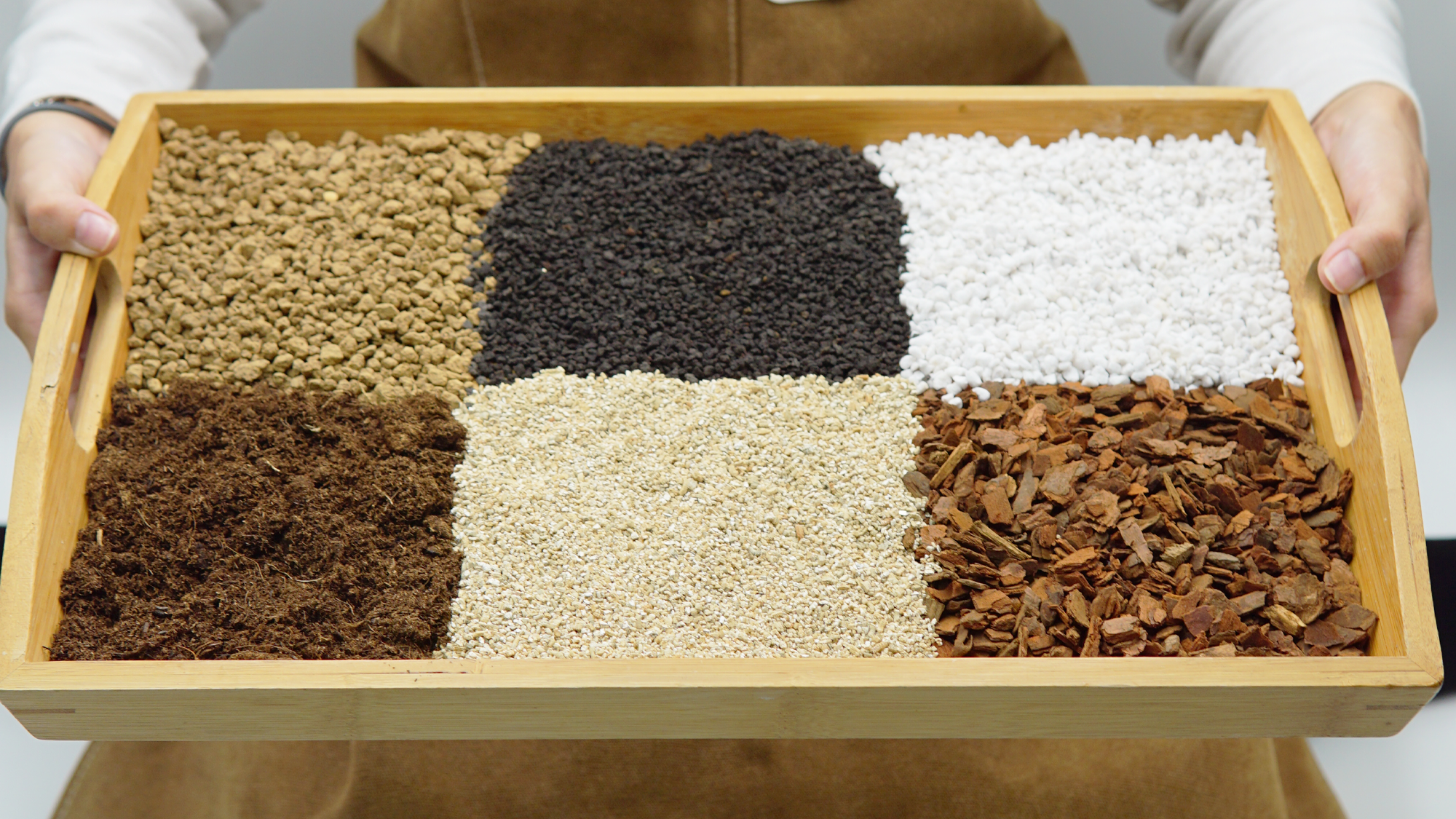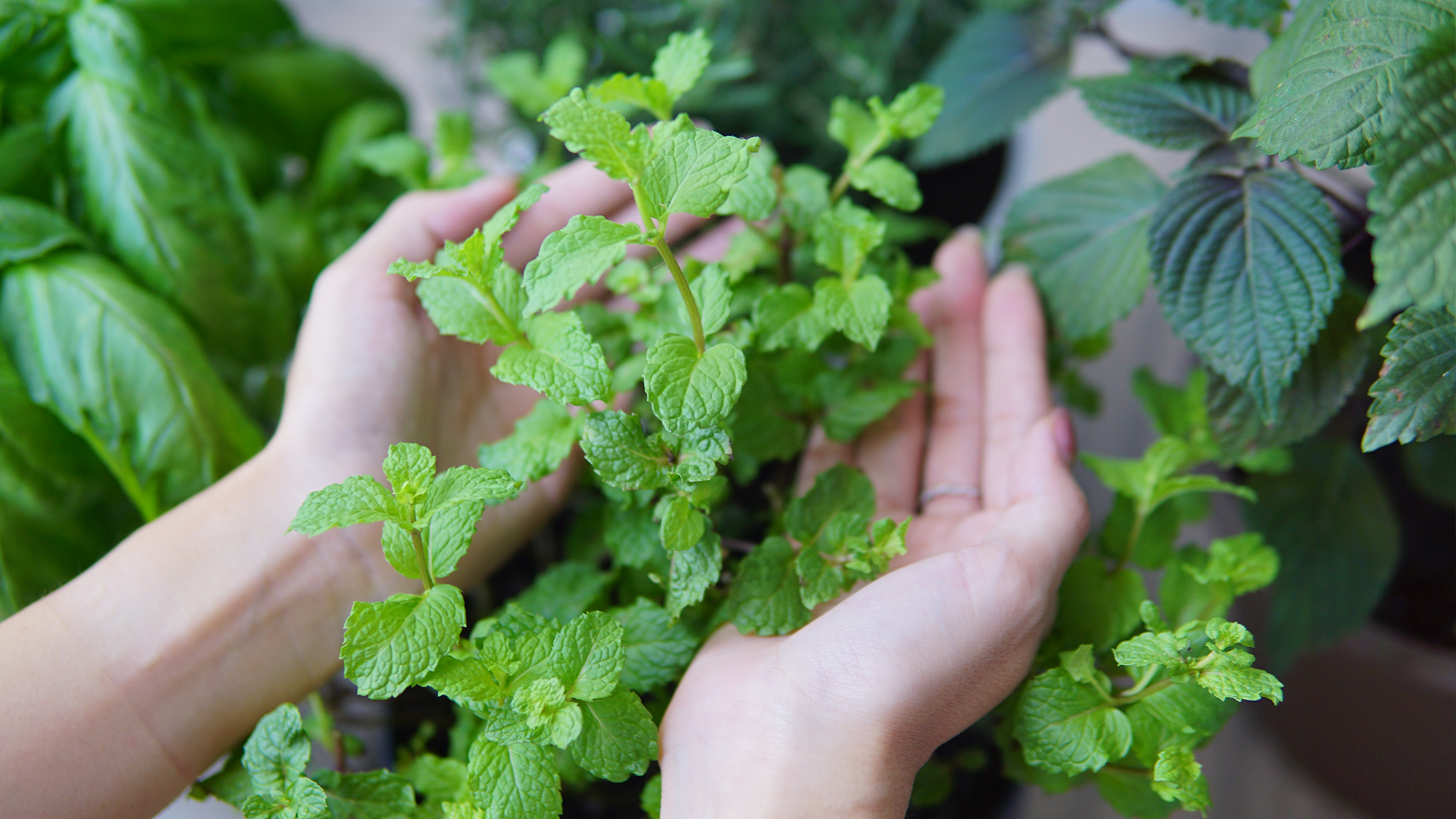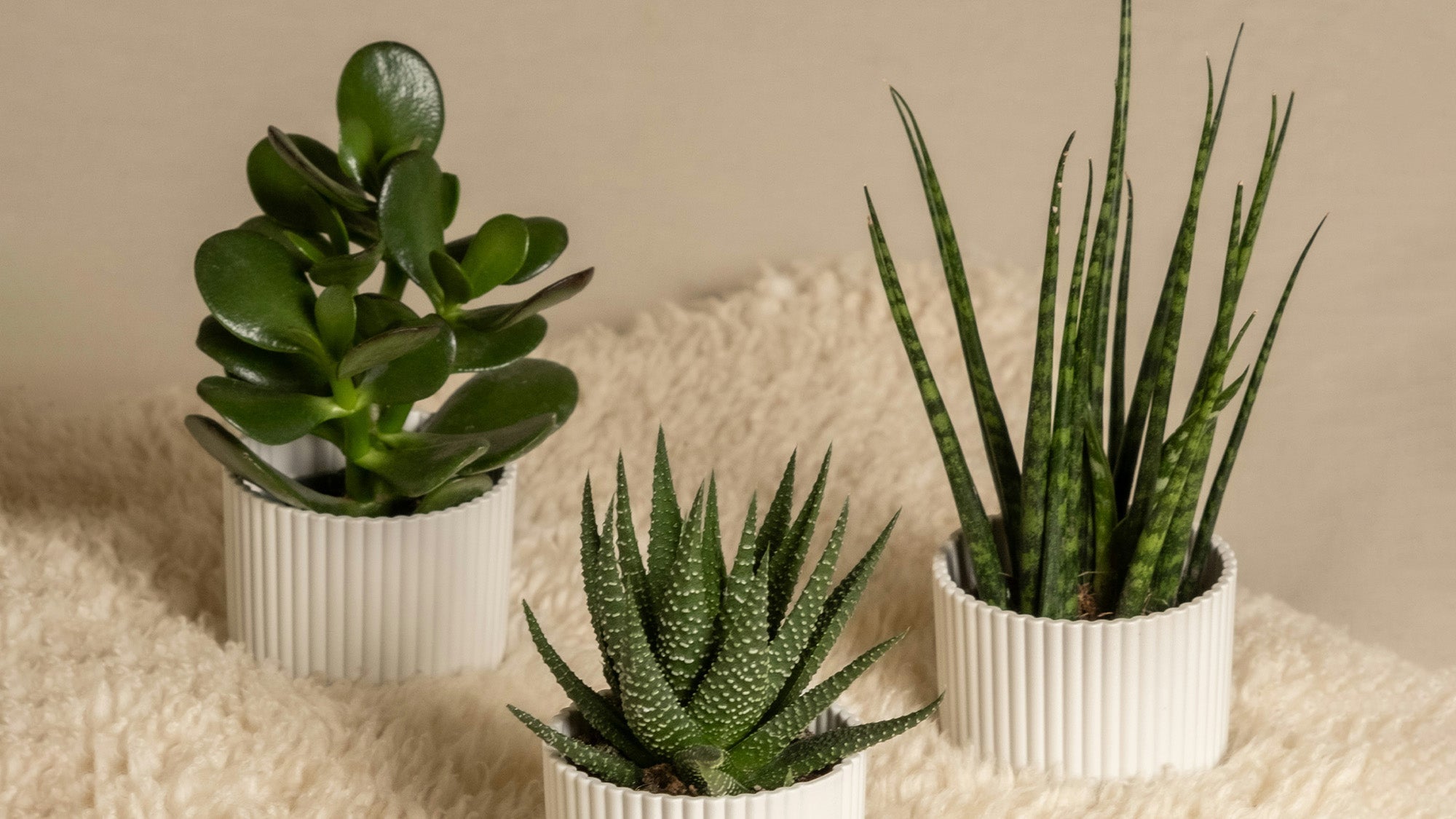
Say Goodbye to Root Rot: Your Guide to the Perfect Soil Mix for Indoor Plants

How to Mix Potting Soil for Healthy Indoor Plants
Want thriving indoor plants? It all starts with the right soil mix. The key is to balance your potting materials to meet your plant’s specific needs.
Unlike regular garden soil, professional potting mixes are designed to improve air circulation and moisture management in limited spaces. They prevent waterlogging, protect roots from rot, and create the ideal environment for growth.
But how do you know which soil is right for your plants? This guide breaks it all down, explaining the layers of potting soil—decorative, potting, and drainage—and how to mix different materials to craft the perfect blend for your plant babies.
The Layers of Potting Soil: Decorative, Potting, and Drainage

1. Decorative Layer
This top layer, often made of small stones or heavier materials, gives your plant a polished look, reduces soil mess, and even helps deter pests like fungus gnats.
2. Potting Soil Layer
The main growing area for roots, this layer should balance water retention, aeration, and nutrient supply. It’s where most of the magic happens.
3. Drainage Layer
Located at the bottom of the pot, the drainage layer prevents excess water from pooling and keeps roots healthy by avoiding waterlogged conditions.
10 Common Potting Materials and When to Use Them

1. Expanded Clay Pellets
Lightweight and porous, these are fantastic for boosting drainage and aeration, especially in deeper pots. Use them as a drainage layer or for top dressing.
2. Sphagnum Moss
Great for holding moisture, sphagnum moss is ideal for orchids and other plants with exposed roots. It also helps reduce water evaporation.
3. Lava Rock
Not only decorative but also highly functional, lava rock improves drainage and works well for succulents or as a top layer for houseplants.

4. Vermiculite
This material holds water while improving aeration and contains essential trace minerals. Perfect for seed starting or mixing with peat moss for moisture retention.
5. Peat Moss
Lightweight, sterile, and moisture-retentive, peat moss is a must for water-loving plants like Monsteras or Pothos.
6. Coconut Coir
An eco-friendly option, coconut coir holds moisture and improves soil structure. It’s ideal for ferns and other plants that thrive in humid conditions.

7. Akadama (Clay Granules)
This Japanese soil amendment offers excellent drainage and root support. It’s popular for succulents and orchids and even changes color when wet, making watering easier to manage.
8. Pine Bark
Slightly acidic and naturally resistant to rot, pine bark enhances drainage and prevents soil compaction. It’s great for orchids, ferns, or as part of a potting mix.
9. Perlite
Light and airy, perlite improves soil drainage and aeration. It’s perfect for mixing into the potting layer or as part of the drainage base.
10. Volcanic Rock (Black or White)
Both types improve drainage and prevent root rot. White volcanic rock releases moisture gradually, while black volcanic rock offers excellent stability. Both are great for succulents or as a soil mix component.
11. Tuff Stone
With a hard, porous texture, tuff stone enhances drainage at the bottom of pots. It can also be mixed into potting soil or peat moss for improved water flow and root health.
12. Perlite
Lightweight and highly breathable, perlite improves soil aeration and water drainage. It's commonly used in both potting and drainage layers to prevent soil compaction and promote root growth.
Conclusion: Master the Logic of Soil Mixing—Even Beginners Can Easily Get Started
The key to successful soil mixing is to properly balance the proportions of materials in the potting mix according to the plant's needs. Compared to making your own mix, pre-made potting soil offers a more convenient and stable solution, especially for beginners or those with fewer plants. 1% Nutrition has created specialized potting soils for indoor plants, as well as blends designed specifically for foliage and succulent plants. These provide a more precise growing environment, making soil mixing and choosing the right media an easy task.
Related Articles
- Succulent Soil Mix Guide: Create the Perfect Growing Environment for Your Plants
- Beginner’s Quick Guide: How to Choose the Right Soil for Indoor and Foliage Plants


Leave a comment
This site is protected by hCaptcha and the hCaptcha Privacy Policy and Terms of Service apply.